8 Different Types of Butter
Butter is a vital ingredient in many foods, but are you using the right butter for the right dish?
If you use the wrong type of butter, will your dish be ruined?
Types of Butter
Even at run-of-the-mill, chain grocery stores you’ll usually find a good selection of butters. Here’s what you need to know to choose the best butter for whatever it is you’re cooking.
1. Sweet Cream Butter
Also called uncultured butter or unsalted butter; is made from fresh pasteurized cream. The name “sweet cream butter” was originally just a way to distinguish this type of butter from the old fashioned type of butter, which was made with soured cream.
Sweet cream butter is now the standard butter of the United States, and should be white with a tinge of yellow. It has a neutral flavor that’s ideal for baking. It also works well for most cooking applications.
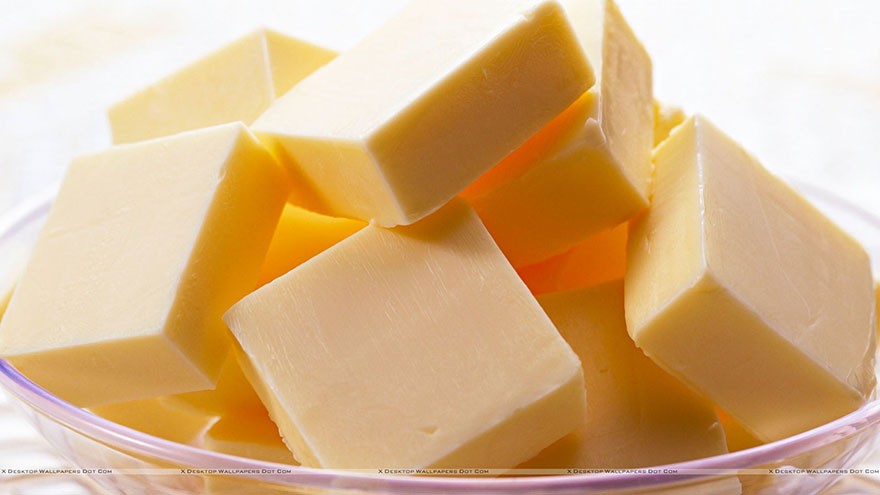
2. Salted Butter
Once a safety issue. Before the days when everyone kept their butter refrigerated, butter was added to slow the rate of spoilage. As a general rule, avoid salted butter so you can control how much salt your dishes contain. Never used salted butter for sauteing, since it scorches easily.
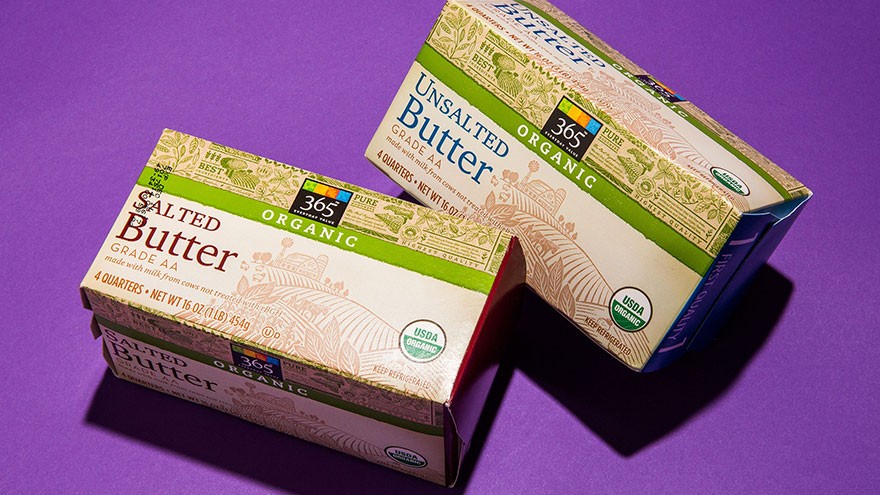
3. Cultured Butter
Sometimes called “Danish butter” is, made from cream that’s partially fermented (i.e., partially turned into lactic acid). Bacteria are added to the cream (because most creams are pasteurized, and therefore all the naturally occurring bacteria are killed).
Cultured butter has a sharper, tangier taste than sweet cream butter and is widely used in Europe for cooking and baking.
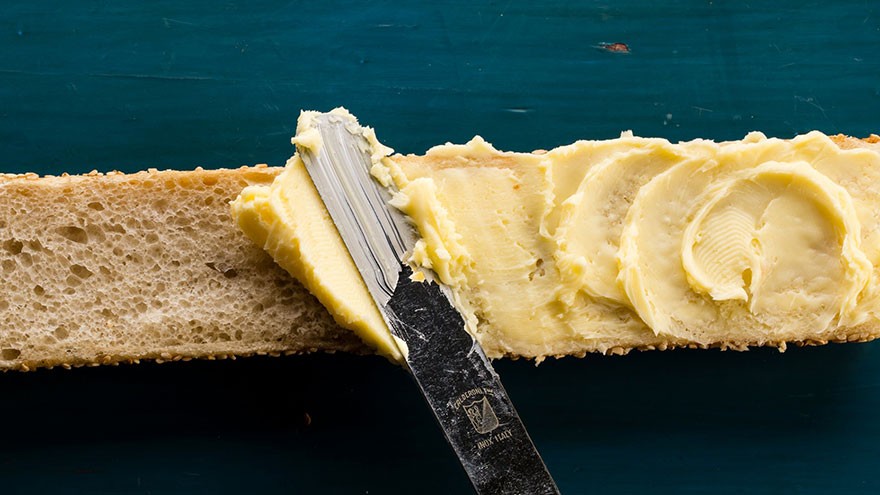
4. European-style Butter
European-style Butter Has higher contents of fat and less moisture than sweet-cream butter, making it ideal for sauces and pastry making.

5. Whipped Butter
Whipped Butter has nitrogen gas whipped into it, which enables it to remain soft and spreadable, even when cold. It isn’t a good choice for cooking or baking, and is best used as a condiment.
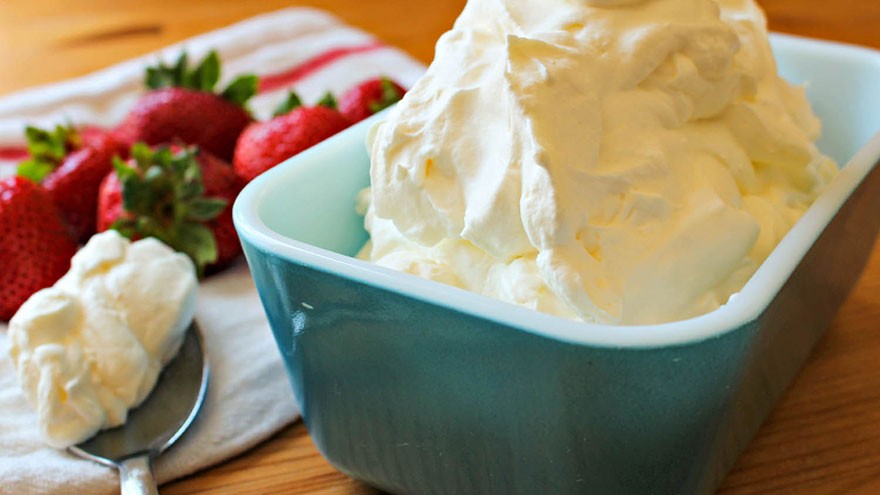
6. Fermented Butter
Fermented Butter sometimes called “preserved butter” is made from cream that’s been allowed to age for weeks or years. These butters are strong, pungent, and typically used as a condiment.
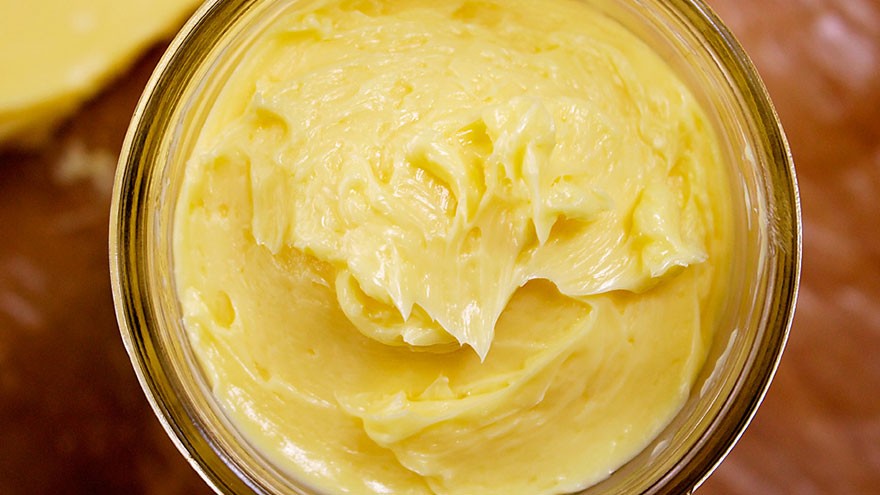
7. Raw Cream Butter
Raw cream butter isn’t often seen in U.S. grocery stores, but is considered a delicacy. It’s made from unpasteurized cream, typically from small dairies. Tasting more of cream than fat, it is a great choice for cooking and baking but only has a 10 day shelf life.

8. Clarified Butter
Clarified Butter also called “drawn butter” or “Ghee” is butter that’s heated so its milk solids separate from its watery content. It has a high smoking point and is frequently used for sauteing and frying. Learn how to make clarified butter.
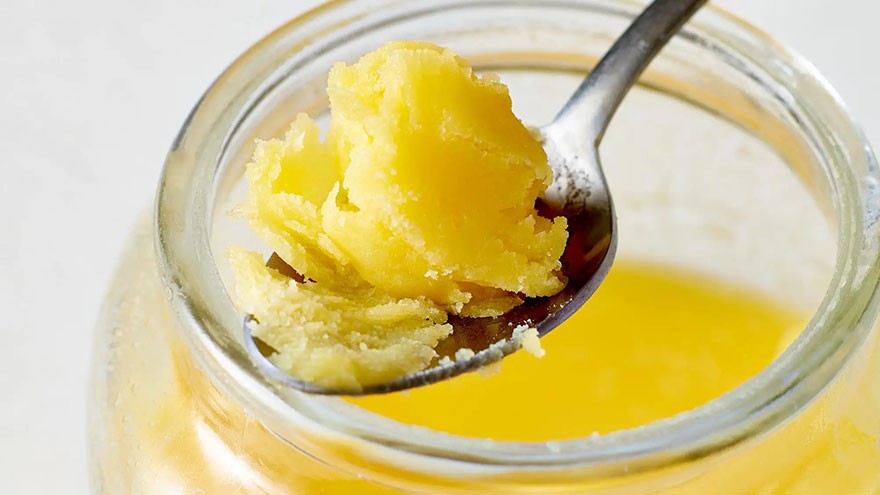
Check out the video version of this article on YouTube

